PART 1: Stem Cell Basics
Stem cells are the 'mother' cells that have the potential to develop into different cells in the body.
The cells can be of any origin e.g. blood cells, nerve cells, muscle cells etc.
Sources of Stem Cell
Stem cells can be harvested from a variety of sources:
1. Bone Marrow
2. Peripheral Blood
3. Cord Blood
PART 2: Types of Stem Cell Transplant
1. Autologous
(stem cells are harvested from the patient's own body)
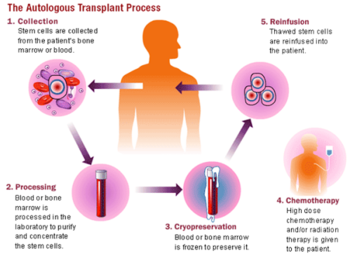
Autologous Stem Cell Transplant
(use of high dose chemotherapy with blood stem cell rescue)
1. Patients' own blood stem cells are collected from either the peripheral blood or bone marrow
2. These blood stem cells are cryopreserved and stored.
3. At a later date, after treatment with either high dose chemotherapy and/or radiotherapy, patients' own stem cells are thawed, and returned to patient.
Chances of Finding a Match
Allogeneic Stem Cell Transplants involve the use of "HLA-matched" siblings / donor
i.e. a brother or sister who has the same tissue type to you.
There is a 1 in 4 chance of a brother or sister having identical tissue type as the patient(recipient).
~ One who has more siblings would stand a higher chance of finding a suitably-matched sibling donor.
PART 3 : Peripheral Blood Stem Cell Mobilisation & Harvest
Peripheral Blood Stem Cell Mobilisation
~ There are plenty of stem cells in our bone marrow.
~ These stem cells can be stimulated, so that they spill into the peripheral blood with the use of certain drug(s).
~ Commonly these drugs are given "subcutaneously", right under the skin.
Peripheral Blood Stem Cell Harvest
At the end of this process, the donor/patient is then connected to a machine called an "apheresis" machine,
Stem cells are harvested intelligently by cell separator machine, the other blood cells are returned to the patient simultaneously.
This procedure is very similar to a dialysis procedure. There is no surgery involved.
Blood stem cells can be used fresh or stored for future use.
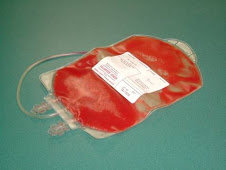
PART 4 : The Stem Cell Transplant Procedure
1. The patient/recipient is given chemotherapy +/- radiotherapy,
2. Followed by infusion of stem cells - either harvested from the marrow or blood.
Stem cell infusion into a patient/recipient.
The procedure appears similar to blood transfusion.
The stem cells will "home" to the bone marrow although given intravenously.
PART 5: Frequently Asked Questions on Stem Cell Transplantation
Q : How do I prepare myself for a stem cell transplant?
Eat a well-balanced diet
Exercise to maintain fitness
Get adequate rest
Stop smoking
Maintain ideal body weight
Q: How long will I stay?
Admission to hospital is approximately 8-10 days prior to transplant.
You normally stay in hospital for approximately 3 weeks after the transplant.
The actual length of stay is very individual and will depend on the occurence of any post-transplant complications.
After your transplant - side effects
Low blood count
Nausea & vomiting
Hair loss
Mucositis (sore mouth)
Fever
Diarrhoea
Dry red skin (following total body irradiation)
bleeding
Infection - bacterial, viral , fungal
General guidelines for self care after stem cell transplant
General hygiene
- shower or bathe daily
- look for any new rashes or bruises
Mouthcare
- brush your teeth using a soft tooth brush
- watch out for oral infection such as thrush
Avoid infection
- do not visit, or allow others with infection to visit you
Smoking & alcohol
- smoking should be ceased permanently
- small amount of alcohol is allowed
Avoid direct sunlight
- uv light precipitates an attack of GVHD
Take all medications as directed
- discuss with your doctor if you suffer from any side effect due to your medications.
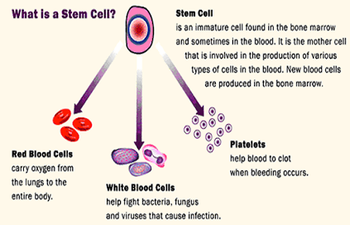
Scientist/Haematologist who has pioneered the area of Stem Cell Transplantation(SCT) using stem cells from the bone marrow:
E Donnall Thomas - Nobel Prize Winner 1990
2. Allogeneic
(stem cells are harvested from a different person)
The stem cell donor may be a family member, usually a sibling or an unrelated person.
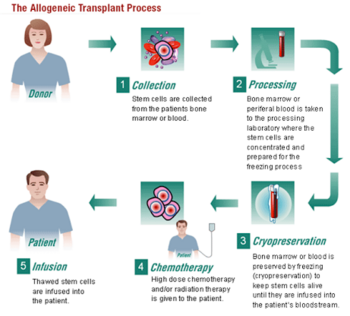
Allogeneic Stem Cell Transplant
Transplant of stem cells from a donor to a recipient
The stem cells may be from a Human Leukocyte Antigen(HLA)-identical sibling or from a volunteer unrelated donor.
In some cases, stem cells may be transplanted from a slightly mismatched family member donor.
The stem cell donor will undergo the similar procedures of stem cell mobilisation and harvest(collection) as per the autologous stem cell donor.
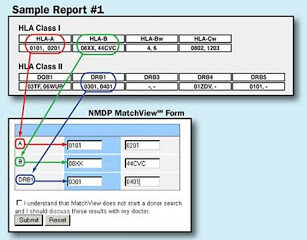
Injection under the skin to mobilise stem cells
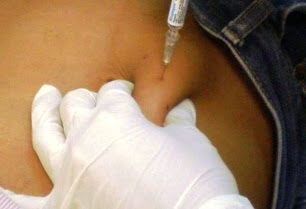
Cobe Optia Apheresis Machine
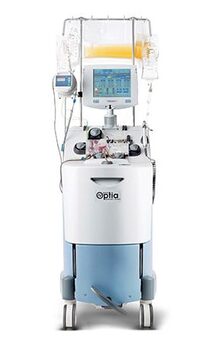
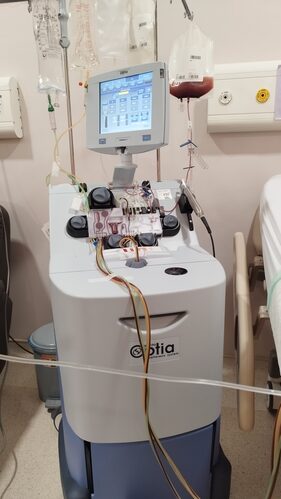
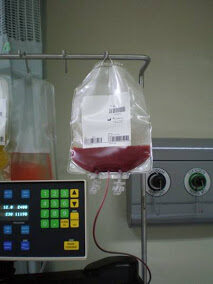
Storage of stem cells in liquid nitrogen tank
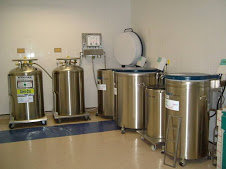
Frozen stem cell 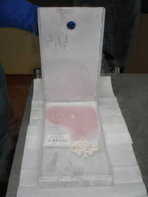
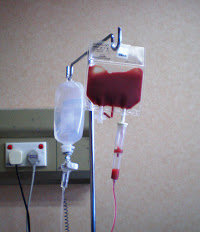
Prior to stem cell transplant, the following will be arranged:
Dental clearance
Cardiac assessment, Respiratory assessment
Counselling on sterility
Counselling sessions with you and your family members
Pre-Transplant Conditioning
After you are admitted for stem cell transplant, after the insertion of a central venous catheter, you will receive "conditioning":
~ involves chemotherapy +/- radiotherapy
~ aims at suppressing the marrow & immune system so that
1. the stem cells will not be rejected
2. to help clear all residual cancerous cells, to reduce relapse
Growth of your new marrow (Engraftment)
The stem cells takes about 15-21 days to grow and multiply in your marrow.
It may be longer in some patients
The first sign of engraftment is an increase in your white blood cell count
When engraftment occurs, graft-versus-host-disease(GVHD) may develop if the stem cells are from a different individual.
GVHD usually 3 areas of the body: Skin, gut and the liver
Pets
- avoid cleaning up the litter from your pet
Sexual relations
- libido may be reduced for some time following transplant, but it will recover as your body gets stronger.
Diet
- a healthy & nutritious diet is recommended.
- avoid food that upsets your digestion
- be wary of "fast food" restaurants
Driving
- please check with your doctor
- some medications may affect your concentration and your vision
Follow-up
- remember to be compliant with your appointment date as your doctor is closely following up your progress with clinical and laboratory assessment
Haematopoietic Stem Cells
Stem Cells that are programmed and will be differentiated to become blood cells
i.e red blood cells, white blood cells and platelets.
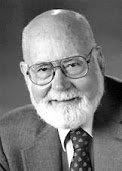
Reasons for Stem Cell Transplantation
1. The bone marrow is diseased, usually from blood-related diseases or cancers
such as : Leukaemia, Lymphoma, Myeloma, Thalassaemia, Myelodysplasis, Hodgkin's Lymphoma.
2. The bone marrow fails to produce adequately
such as : Severe Aplastic Anaemia, Myelodysplastic Syndrome, Pure Red Cell Aplasia.
Finding a "Match" or "Stem Cell Donor"
This is done by doing a blood test called HLA tissue typing on the potential donor-recipient pair.
(HLA=Human Leucocyte Antigen)
This genetic information is stored in Chromosome No 6 in human.
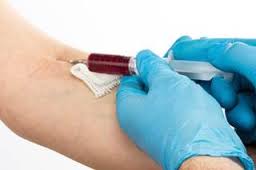
Drugs used to mobilise stem cells
- Granulocyte Colony Stimulating Factor
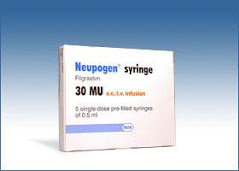
Plerixafor [Mozobil]
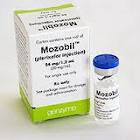
Cryopreserved / Frozen Stem Cells
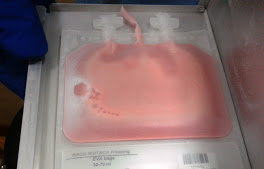
Thawed stem cells, ready to be transplanted.
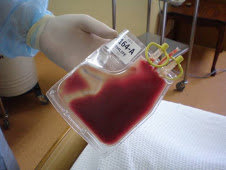
Procedures to expect before transplant:
Bone marrow examination
Insertion of a triple lumen central venous cathether.
24 hour urine collection
Lumbar Pucture - sometimes needed
Thoracic CT scan - if total body irradiation is involved
After your transplant ( the first weeks)
You will be nursed in a single room
Gentle exercise is allowed
Try to occupy yourself in the room with your own activities e.g. watching TV, reading, surfing the internet etc
You may wish to catch up with your own hobby which you did not have a chance to enjoy in the past!
Visitors are not allowed, except direct family members.
Allow yourself adequate time to rest
A drug to fight GVHD
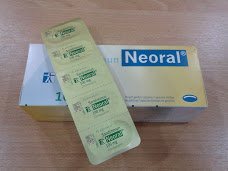
Fruit that interacts with Cyclosporin
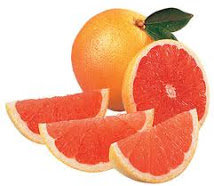
Useful link :
Stem Cell/Bone Marrow Transplant
